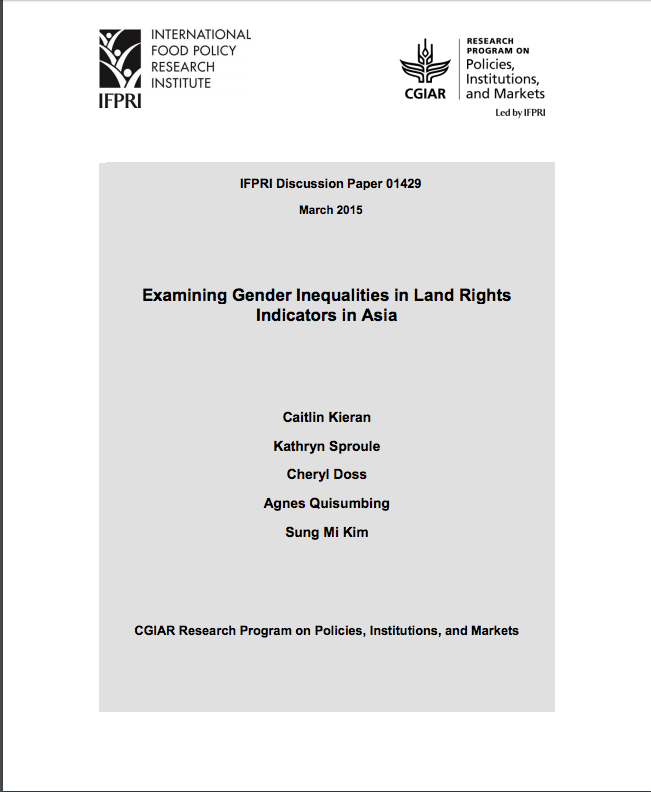Changes in intrahousehold labor allocation to environment goods collection: A case study from rural Nepal, 1982 and 1987
This study explores the impact of changes in environmental conditions on household labor allocation to the collection of environmental goods such as fuelwood and leaf fodder for a sample of rural Nepali hill households. Households in rural areas of most developing countries often rely heavily on the surrounding environment for goods such as water, wood, and livestock fodder. Frequently these and other environmental products are collected from local common forestland, a task that in many areas is predominantly carried out by women.






